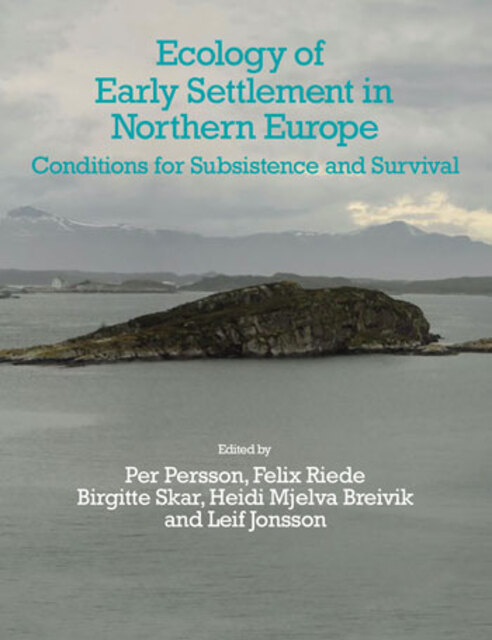Persson et al./Ecology of Early Settlement, 8. The Earliest Settlement in the Middle Scandinavian Inland

Full description
A new set of 101 radiocarbon dates made on burned bones from inland sites in Central Scandinavia, is used here. These shows a similar pattern as the previously used 261 dates made on charcoal. The two cures thereby confirm each other. They also show a great resemblance of a model proposed by Joel Boaz in 1999, based on excavation results from two inland areas. In Boaz' model has two main periods of Mesolithic inland settlement, separated by low inland use after 6000 BC; also known as the "classical hiatus". This hiatus marks the end of what is here considered as the pioneer phase. There is also an Early Mesolithic phase of inland settlement, not known in eastern Norway, but in western Norway and in West Sweden. After the Early Mesolithic there was a change from the use of both inland and coast to a concentration of the settlement to the coast. This period of low inland use last for more than 1000 years. At 6900 BC the inland settlement takes off and shows an exponential increase until 6200 BC. Here it is argued that this is not the result of an expansion from the coast, but rather a separate inland population that trace its origins from north and east. The explanation could be the contemporary increase in woodland and elk population. This leads to the highest density of inland settlement during the entire Stone Age at c. 6200 BC.
- typeImage
- created on
- file formatjpg
- file size31 KB
- container titleEcology of Early Settlement in Northern Europe: Conditions for Subsistence and Survival
- creatorPer Persson
- isbn9781781796030 (eBook)
- publisherEquinox Publishing Ltd.
- publisher placeSheffield, United Kingdom
- rights holderEquinox Publishing Ltd.
- series titleThe Early Settlement of Northern Europe
- volume1
- doi
We use cookies to analyze our traffic. Please decide if you are willing to accept cookies from our website. You can change this setting anytime in Privacy Settings.
